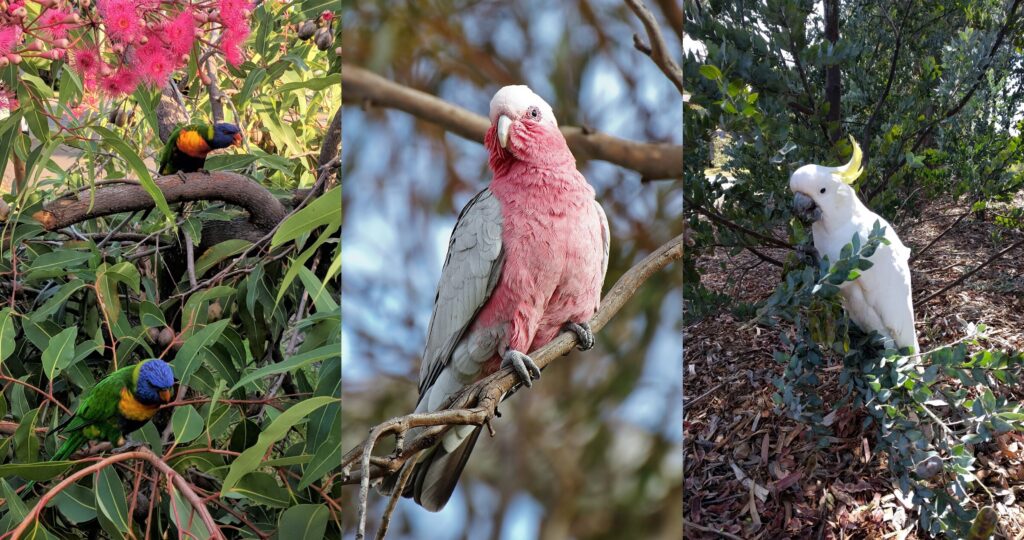The best place to begin your birdwatching journey is right in your own backyard or local park. Grab a notebook, a pen, and just use your eyes and ears to observe the feathered residents around you. Pay close attention to things like the bird’s size, its dominant colours, any unique markings, and the sounds it makes. While a pair of binoculars and a local field guide will certainly enhance your experience, the most crucial tool you need is patience. Sit quietly, move slowly, and let nature come to you. You’ll be surprised at the stunning variety of life you’ll discover just by taking the time to look!

Birdwatching is also an incredible way to connect with nature, de-stress, and even become a citizen scientist!
- Mindfulness in Action: When you’re focused on spotting a bird, your mind is truly present. It’s a fantastic way to escape the daily hustle and bustle, and just breathe.
- Nature’s Detectives: You learn to pay attention to details – a flicker of movement, a distinct call, the way a bird behaves. It’s like being a nature detective!
- Environmental Barometers: Birds are often excellent indicators of environmental health. A diverse and thriving bird population usually means a healthy ecosystem. By observing them, we can learn so much about our local environment.
- Accessible to Everyone: You don’t need fancy equipment to start. A pair of binoculars is a great help, but even just your eyes and ears are enough to begin your birding adventure!
Key to features to record
The size and shape of the bird
The birds colour and marking
The birds behaviour and call
The birds location
My Top Tips for Budding Bird Watchers
Ready to give it a go? Here are a few tips from my own experiences out in the field:
- Start Local: You don’t need to travel to remote jungles. Your local park, backyard, or even a walk around your neighbourhood can reveal a surprising array of birds.
- Invest in Good Binoculars (Eventually): While not essential for starting, a decent pair of binoculars will truly enhance your experience, bringing those distant beauties into clear view.
- Get a Field Guide: A good field guide specific to your region is invaluable. It helps you identify species, learn about their habits, and understand their calls.
- Silence is Golden: Birds are easily spooked. Move slowly, quietly, and avoid sudden movements or loud noises.
- Patience, Patience, Patience! Sometimes you’ll spot something amazing in minutes, other times you might wait a while. That’s part of the fun! The reward of that rare sighting is all the more satisfying.
- Learn Their Calls: Many birds are heard before they are seen. Familiarising yourself with common bird calls can greatly improve your chances of spotting them.
- Join a Group: Bird watching clubs are a fantastic way to learn from experienced birders, discover new spots, and share your passion.
Grab your hat, a water bottle, and those keen eyes of yours, and step outside. You’ll be amazed at the hidden world of birds that’s just waiting to be explored. Happy twitching!

